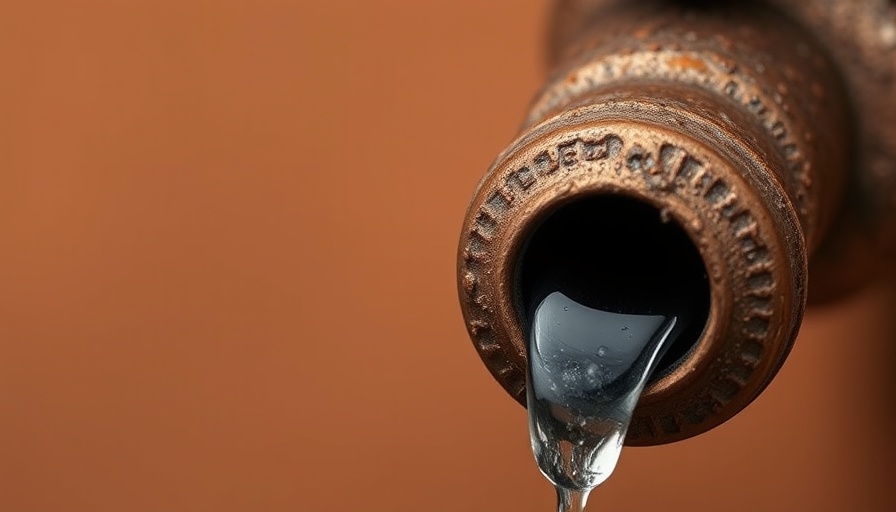
What to Do First: Shut Off the Water Main
When a pipe bursts, immediate action is crucial. The first step is to locate and turn off your water main. This will halt the influx of more water and prevent further damage to your property. In California, where plumbing issues can arise due to age and environmental factors like earthquakes, knowing your way around the water shutoff valve is essential. The pressure inside pipes can drastically increase, resulting in damage that can escalate rapidly. Ensure everyone in the home knows how to access this valve.
Release Remaining Pressure by Opening Faucets
After shutting off the water main, open a faucet to relieve any remaining pressure in your pipes. This action minimizes the chance of more water escaping before repairs can be made. It’s a simple yet effective step that might escape the attention of a panicked homeowner.
Swift Cleanup: Start Getting Rid of the Water
Time is of the essence. Grab mops, buckets, and a shop vacuum to clean up standing water. This is vital not just for avoiding damage but also for preventing the growth of mold, which can be detrimental to your home and health. In urban California neighborhoods, quick action can save you from costly repairs and health issues associated with mold.
Heating Vulnerable Pipes
If the burst is due to freezing temperatures, a warm setup can help mitigate damage. Turn up the heat in your house and direct fans toward cold areas to melt any ice. Exposed pipes require special attention; we often find them in basements or near exterior walls where the cold can seep in.
Open Doors to Enhance Air Circulation
Exposed pipes are often hidden in cabinets and closets. Keeping these doors open allows warm air to circulate and reduces the risk of further freezing, giving homeowners another way of protecting their plumbing and preventing future bursts.
Temporary Fix: Rubber and Clamps
If you spot the leak, cover it with a piece of rubber and secure it with a clamp. This makeshift solution not only helps reduce water flow but also buys you time until a plumber can take a look. Homeowners should also consider carrying basic plumbing supplies to be prepared for emergency situations.
Improvisation: Using Wood Blocks
If you find yourself without proper plumbing tools, improvisation can help. A block of wood can be placed on top of the rubber before clamping it down to distribute the pressure more evenly, offering a temporary but effective barrier against leaks until professional help arrives.
Assess Serious Damage: Cutting Out the Damaged Area
For those familiar with plumbing, cutting out the damaged section of the pipe may be feasible. Be sure to drain the affected line and use proper tools for cutting. While this step may require some skill, it could prevent further issues down the line.
The Emotional Toll: Homeowner Concerns
In urban and suburban California, the rise in housing costs and limited space can amplify the stress associated with home repairs. A burst pipe strikes fear into homeowners not just due to potential damage, but because of the financial burden of repairs. It's essential to approach such emergencies with both a practical plan and the awareness of the emotional impact on those involved.
Conclusion: Taking Action in Crisis
Experiencing a burst pipe can be overwhelming, but knowing what steps to take can alleviate much of the stress. Each action can make a significant difference in damage control. After managing the immediate crisis, consider consulting a professional to address long-term solutions. In California’s unique environment, taking proactive steps for plumbing maintenance is a wise move to prevent similar situations in the future. Stay informed and prepare your home for emergencies — because you never know when a pipe might burst.
 Add Row
Add Row  Add
Add 




Write A Comment